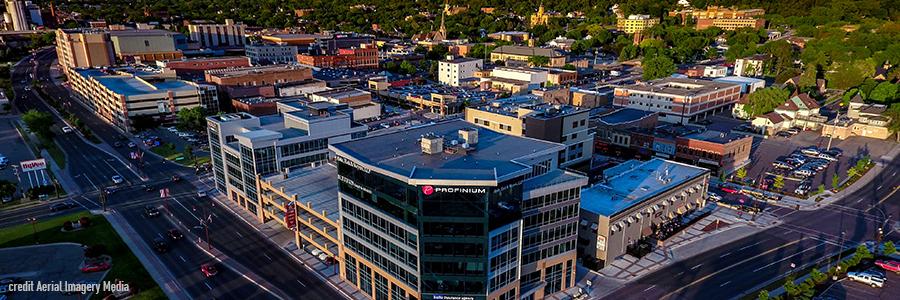A metropolitan statistical area (MSA) is the formal definition of a region with 50,000 people or more that consists of a city and surrounding communities linked by social and economic factors. Micropolitan statistical areas are regions with a population of at least 10,000 but fewer than 50,000 people.
The Office of Management and Budget, which defines the statistical areas, is proposing an increase to the minimum population threshold for designating metropolitan statistical areas (MSAs) from 50,000 to 100,000. The change has been proposed to reflect changes in urban areas over the 50 years since the metro/micro definitions were first established.
Doing so would reclassify more than a third of the current 392 metro areas as micropolitan statistical areas.
The following Midwest cities would be changed from Metro areas to Micro, based on the new definition:
- Ames, Iowa
- Bismarck, North Dakota
- Dubuque, Iowa
- Fond du Lac, Wisconsin
- Grand Forks, North Dakota
- Janesville, Wisconsin
- Mankato, Minnesota
- Oshkosh, Wisconsin
- Rapid City, South Dakota
- Sheboygan, Wisconsin
- Wausau-Weston, Wisconsin
But what does this mean for the affected communities? The primary impacts of the proposed change would be on the availability of data for certain communities. For example, certain agencies/programs/organizations publish data only for MSAs and not micro areas:
- BLS Current Employment Statistics Program
- BLS Occupational Employment and Wage Estimates
- BEA Regional Price Parities and GDP (cost of living)
- FHFA House Price Indexes
- Housing Opportunity Indexes from NAHB
However, officials in some of the affected cities worry that the change could have adverse implications for federal funding and economic development, since some housing, transportation and Medicare reimbursement programs are directed specifically to metropolitan statistical areas.
For example, certain types of funding are linked to MSA designation, most notably community development block grants, federal transportation and highways funds, and USDA rural development funds.
Some economic developers also worry that the changes would negatively impact cities when it comes to site selection. Site selectors often start with a list of MSAs and narrow down list from there, which is advantageous for cities on the MSA list.
Finally, there is a strong belief among policymakers and economic developers that the MSA designation alone has impact on growth. Empirically, a short run positive impact on employment has been shown for those counties going from non-metro to MSA (Hammond and Osoba, 2008). However, the study in question did not consider the opposite – a change from MSA to micro area.
Many policymakers across the country are advocating that the OMB maintain the MSA designation as it currently stands. “Adhering to this recommendation has the potential to harm communities across the nation, which we hope you take into account while considering these recommendations,” said the letter sent last week by eight U.S. senators and two U.S. representatives to the Office of Management and Budget. The public comment period for the proposed change ended on March 19, and now the OMB is reviewing comments and determining its final decision.
While Duluth-Superior will retain its classification as an MSA, the BBER frequently uses data from other Midwest MSAs to compare economic performance and trends, as we did in this 2018 report. Eliminating more than a third of the nation's MSAs could significantly impact researchers' ability to compare information on communities nationwide.
With so much potentially at stake with this decision, we'll be watching closely over the coming months to see what the OMB decides.
